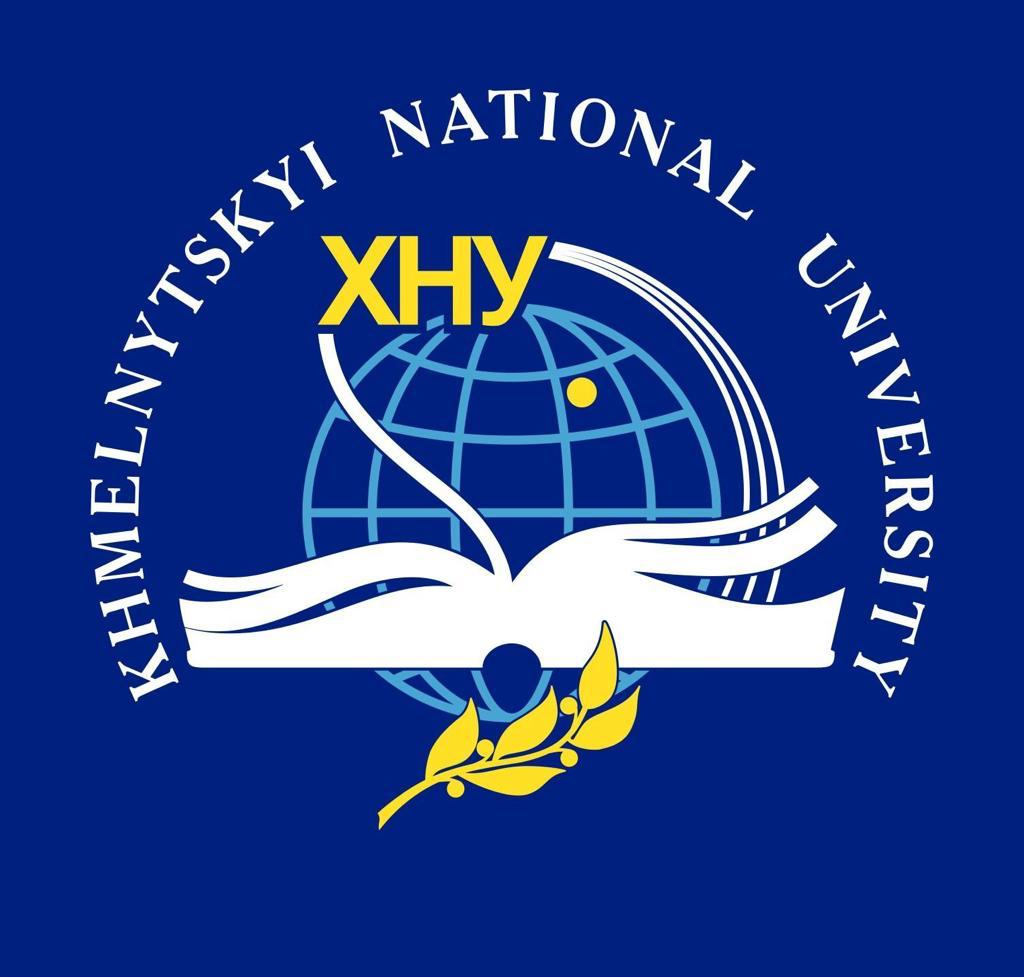PHYSICAL THERAPY FOR CHILDREN WITH MUSCULAR TORTICOLLIS
DOI:
https://doi.org/10.31891/pcs.2025.1(1).87Keywords:
torticollis, treatment, physical therapy, early delivery, childrenAbstract
Torticollis in early childhood is one of the most common muscular disorders requiring immediate intervention, as timely correction of this issue prevents skull deformities, restricted cervical spine movement, motor skill development disorders, and postural asymmetry. The prevalence of torticollis among musculoskeletal disorders ranges from 5% to 12%, ranking third after hip dysplasia and clubfoot. Conservative treatment of torticollis in early childhood includes a series of measures aimed at optimizing muscle tone, resolving hematomas in the sternocleidomastoid muscle, normalizing the position of the child’s head, and eliminating existing signs of asymmetry. An analysis of modern randomized studies, particularly international ones, indicates that physical therapy is the primary method of treating torticollis in newborns and young children. Several studies have evaluated the effectiveness of passive and active neck muscle stretching methods, which resulted in significant improvements in mobility and alignment of the head position. The leading methods of physical therapy in early childhood include passive muscle stretching, active muscle stretching, development of active symmetrical movements, adaptation of the environment, and teaching parents or caregivers positioning skills and the nuances of childcare in daily family life. An individualized approach and high-quality selection of physical therapy techniques are key to achieving positive outcomes, minimizing the risk of adverse disease consequences, and reducing the duration of treatment. Regular assessment of therapy progress is essential to adjust treatment approaches in line with the individual needs of the patient. The success of therapy depends on the timely initiation of treatment, the competent selection of therapeutic methods, and the active involvement of parents in the rehabilitation process.
References
Cheng, J. C., Tang, S. P., & Chen, T. M. (2000). The clinical presentation and outcome of treatment of congenital muscular torticollis in infants - A study of 1,086 cases. Journal of Pediatric Surgery, 35, 1091–1096.
Hussein, S. A., Farag, H. S., & Soliman, A. R. (2019). Efficacy of combined manual therapy and therapeutic exercise in the treatment of congenital torticollis: A randomized clinical trial. Physiotherapy Research International, 24(1), e1761.
Kahraman, A., Yalcin, S., & Savas, S. (2020). Early physical therapy intervention and outcomes in congenital muscular torticollis: A prospective randomized trial. European Journal of Physical and Rehabilitation Medicine, 56(4), 515–521.
Kapandji, I. A., Shapiro, D. E., & Kou, J. K. (2017). Manual therapy and stretching exercises for congenital muscular torticollis: A randomized controlled trial. Journal of Pediatric Orthopedics, 37(6), 461–466.
Korab, J., Laux, J., & David Sponseller, P. (2017). Physical therapy management of pediatric torticollis and subsequent idiopathic scoliosis and toe-walking. Journal of Pediatric Orthopedics, 92–93.
Lin, P. Y., Chang, W. N., & Lee, C. L. (2023). Mobilization techniques in infants with congenital muscular torticollis: Effects on flexibility and motor function. Physical Therapy, 103(7), 975–982.
Lin, Z. Y., Chen, W. L., & Lee, M. C. (2011). The role of kinesiotaping in infants with congenital muscular torticollis. Journal of Clinical Rehabilitation, 18(7), 531–538.
Loo, Y. T., Ho, T. C., & Ong, K. C. (2012). Impact of physical therapy duration on recovery from congenital muscular torticollis. Pediatric Rehabilitation, 15(6), 489–496.
Sato, N., Yamamoto, H., & Suzuki, H. (2019). Cranial asymmetry and functional recovery in torticollis patients treated with physiotherapy. Developmental Medicine & Child Neurology, 61(10), 1214–1221.
Shin, H. S., Kang, S. Y., & Kim, S. H. (2016). Evaluation of physical therapy techniques in infants with congenital torticollis: A randomized controlled trial. BMC Pediatrics, 16(8), 233–240.
Smith, K., & Yamaguchi, T. (2018). Spinal development complications in untreated torticollis cases. Journal of Pediatric Orthopedics, 37(10), 909–917.
Smith, R. J., Zhang, Y., & Chen, H. H. (2021). Long-term outcomes of stretching techniques for congenital torticollis in early infancy. Journal of Orthopedic Therapy, 89(3), 302–309.
Suzuki, H., Nakamura, H., & Kimura, Y. (2021). Long-term impact of cranial asymmetry in congenital muscular torticollis. Journal of Craniofacial Surgery, 32(3), 672–678.
Downloads
Published
How to Cite
Issue
Section
License
Copyright (c) 2025 ІРИНА ХОДОС, ТЕТЯНА ОДИНЕЦЬ

This work is licensed under a Creative Commons Attribution 4.0 International License.





